|
By Matt S., Pitt County Extension Director and Horticulture Agent Southern gardeners love plants with fragrance and color, a combination that few plants can match as well as honeysuckle. Of course, there is not simply one honeysuckle, rather it is an entire genus of plants that includes a variety of different vines and shrubs. The numerous species and cultivars of honeysuckle offer tremendous diversity. Some offer fantastic floral color, others have fabulous scent, and several bring those characteristics together in a delightful way. Like nearly any genus with such varied members, there are some honeysuckle that are well suited for garden use and others that should probably be avoided.
well as bees and hummingbirds. Native American folklore suggests that the way the individual blossoms cling together in clusters serves as a representation of love and affection. ‘Major Wheeler’ a dark red bloomer, is one beloved variety, while ‘Magnifica’ is a variety with pale yellow blooms.
which has crimson flowers with yellow throats, and ‘Belgica,’ with its purplish-red flowers and bluish-green leaves.
plants.ces.ncsu.eduits flowers are harvested to make teas and other concoctions. Flowers from any type of honeysuckle can be mixed with herbs such as Echinacea to make flavorful medicinal teas. Honeysuckle tea is said to help with headaches, inflammation, fever, and digestion.
Matthew Stevens is the County Extension Director and Horticulture Agent for North Carolina Cooperative Extension’s Pitt County Center. If you have questions about this article or gardening in general, please contact the Pitt County Extension Master Gardener Infoline at 252-902-1705.
0 Comments
By Matt S., Pitt County Extension Director and Horticulture Agent Pick-your-own strawberry farms are a great place for a family to spend a few hours outdoors, picking berries to take home and eat, bake with, or freeze. In Eastern North Carolina, strawberry season typically starts in early to mid-April and lasts until late May or early June. Those dates fluctuate, depending on weather. Pitt County is blessed to have many farms and farm stands where you can pick or buy strawberries. Many of you reading this may be interested in growing strawberries in your home garden as well. The way we grow strawberries in home gardens is a little different than how they are typically grown on farms. Strawberries are a perennial plant, meaning an individual strawberry plant will survive the winter and last for many years. They should be planted in a spot in the garden that has good soil with proper drainage and a lot of sun. This will ensure they grow and remain healthy for many years.
Many varieties of strawberry plants are available; the ones we recommend for homeowners in North Carolina are ‘Galletta’ ‘Chandler’ and ‘Jewel.’ I also personally like ‘Earliglow’ which is an older variety with small but extremely sweet fruit. Plant the strawberry plants in a straight row, with each plant spaced 1 foot apart from the next. Therefore if you have 25 plants, you will need 25 feet of row space. If you plant the strawberry plants in a small square or patch, the plants in the center will not get enough sun to produce good fruit. After the strawberry plants have been planted, they will begin to develop runners. Runners are stems that grow sideways rather than upright, and as they spread, new plantlets, or daughter plants, will form from each main plant, or mother plant. Over the course of the summer, your row of plants will fill in and become a thick row of strawberry leaves. Try to keep the rows less than 18 inches wide by placing the runners within that area as they grow. During the first year after planting, you want to encourage as much vegetative growth as possible by picking off any flowers that form. This will mean that you will not have fruit during the first year, but will have a much greater amount of berries in following years.
For homeowners, it is usually sufficient to control weeds by pulling, hoeing, or lightly mulching with straw. Herbicides should not be necessary. Test your soil before planting, and follow fertilizer recommendations. If no soil test was taken, apply 1 pound of 10-10-10 per 25 feet of row before planting. By this time the following year, you should be ready to harvest fresh berries in your own backyard. After the rows have finished providing fruit for the year, you can thin them to 12-18 inches, and clip or mow off the leaves (being careful not to damage the crowns of the plant). This will help them regenerate new growth for the following year. Matthew Stevens is the County Extension Director and Horticulture Agent for North Carolina Cooperative Extension’s Pitt County Center. If you have questions about this article or gardening in general, please contact the Pitt County Extension Master Gardener Infoline at 252-902-1705. This time of year, it’s hard not to notice the purple flowers of wisteria dangling from the vines that climb up so many of the trees alongside roadsides and other wooded areas. While beautiful and fragrant, wisteria is a bit of a problematic plant, due to its aggressive, if not downright invasive, nature. But fear not! There are both good and bad wisteria species, so if you’re searching for one to add to your landscape, be sure you get one that will behave. Wisteria famously lent its name to the lane where the main characters of the television series Desperate Housewives lived, which perhaps was cleverer than we realized because wisteria often behaves as badly as the characters on that show. In particular, the Japanese wisteria, Wisteria floribunda, and the Chinese wisteria, Wisteria sinensis, have overstayed their welcome in many a garden. What makes these species of wisteria problematic is the vastness of their spread, and the damage and displacement they can do to other plants as they grow.
surface of the ground and root every few inches, before finding something new to climb up, making them nearly impossible to remove later on, while outcompeting other nearby plants. While these wisteria species are problematic and frequently appear on invasive plant lists, there is a native wisteria, Wisteria frutescens. The native is still an aggressive spreader, and one that will need extremely close attention by any gardener trying to grow it in their landscape, but is generally less problematic than the two Asian species. One particular cultivar of the W. frutescens species known as ‘Amethyst Falls’ is considered to be a bit of a dwarf cultivar. Not only does it grow slower and to a considerably more manageable mature size than any other wisteria, it also has smaller leaves, smaller flowers, and even thinner stems. If you’re desperate for a wisteria on your lane, ‘Amethyst Falls’ is the one that will create the least amount of drama for you and your neighbors.
Matthew Stevens is the County Extension Director and Horticulture Agent for North Carolina Cooperative Extension’s Pitt County Center. If you have questions about this article or gardening in general, please contact the Pitt County Extension Master Gardener Infoline at 252-902-1705. Photo 1: The stem of the Wisteria vine twists around a post. Credit: UGA College of Ag and Env., CC BY-NC 2.0 Photo 2: Wisteria frutescens ‘Amethyst Falls,’ credit by Jim Robbins, CC BY-NC-ND 4.0 Photo 3: Wisteria along highways. Credit: Benedek/iStock By Matt S., County Extension Director and Horticulture Agent, Pitt County Though I normally write about plants, there are many insects we encounter while outside gardening. Some can be problematic for our plants, but most are non-pests and many are beneficial. Everyone knows about honey bees, but less well understood are ground-nesting bees such as miner bees. Miner bees are active for a few weeks in early spring and are out and about now.
their nests in the day, the sight of so many bees flying around in the yard at ankle or knee height can be a bit intimidating.
As honey-bee populations decline, the importance of miner bees and other native bee species is increasing, because, though they do not produce honey, they are important pollinators. Miner bees are known to frequent many ornamental and edible flowering plants. Other solitary ground-nesting bees, such as mason bees (Genus Osimia, Family Megachilidae), and digger bees (Genus Anthophorini Subfamily Apinae of the family Apidae), also play an important role as pollinators and lack aggressive characteristics.
heavily watering the area may drive them to nest somewhere else without killing them. Once you’ve successfully relocated them, reseeding the area with grass may prevent them from returning next year.
the best way to treat it is to spray into the nest in late afternoon or early evening with a hornet and wasp spray. Most of the colony will be inside the nest at this time of day, so a good strong spray will likely eliminate them.
Matthew Stevens is the County Extension Director and Horticulture Agent for North Carolina Cooperative Extension’s Pitt County Center. If you have questions about this article or gardening in general, please contact the Pitt County Extension Master Gardener Infoline at 252-902-1705. Photo 1: Miner bees are important pollinators. Photo by Charles Schurch Lewallen, U.S. Forest Service Photo 2: An Andrena miner bee pokes its head out of a tunnel it made in an urban yard. Photo by Matt Bertone, NC State Photo 3: Andrena miner bees make numerous holes in the ground Photo by Matt Bertone, NC State Photo 4: Yellowjackets pollinate flowers but are aggressive. Photo by IStock credit Apodiam By Matt S., County Extension Director and Horticulture Agent, Pitt County When I was first learning about plants as a teenager while working at a garden center in Massachusetts, one of the first plants that really grabbed my attention was Lupine. I loved the tall flower stalks, and I especially loved the way drops of water collected in the center of their palmate leaves after watering or rainfall. Lupines are seldom seen in the South as they fair better in colder climates to the north and west.
they are typically grown, Baptisia bloom in early spring for us, with flowers emerging in the first part of April into May. Lupines have palmate leaves with up to 7-11 leaflets per leaf, whereas Baptisia have a more typical trifoliate, or three-part, leaf, as do most members of the bean family.
Many hybrid cultivars are derived from these parents, and those cultivars are typically what you will find when shopping for nurseries. One of the most popular of these is ‘Purple Smoke,’ a fast-growing perennial with 4-foot tall purple flower spikes on dark stems. ‘Carolina Moonlight’ is a pale yellow cultivar that is absolutely serene in bloom, while ‘Screaming Yellow’ is a brighter, more intense yellow. There are also a few bicolor cultivars on the market, including ‘Lunar Eclipse’ (white/pale blue), ‘Twilight Prairieblues’ (magenta/yellow), ‘Pink Lemonade’ (pink/yellow), as well as many cleverly named cultivars that make it pretty clear what color they are: ‘Blonde Bombshell,’ ‘Blueberry Sundae,’ ‘Pink Truffles,’ and even ‘Chocolate Chip.’ There’s a color for everyone.
When planting Baptisia, be fairly certain that you want it exactly where it’s going because Baptisia develop a fairly deep taproot and can be difficult to transplant once established. They like full sun and moist, well-drained soil, but can tolerate drought and poor soils. They are a favorite of bees and other insects, have very few pest problems, and are deer resistant, making them a pretty desirable plant to include in a variety of garden settings. Include in pollinator gardens, native gardens, cottage gardens, or anywhere that you can use some early spring color.
Matthew Stevens is the County Extension Director and Horticulture Agent for North Carolina Cooperative Extension’s Pitt County Center. If you have questions about this article or gardening in general, please contact the Pitt County Extension Master Gardener Infoline at 252-902-1705. |
Matt Stevens
Pitt County Extension Director & Horticulture Agent Archives
July 2024
Categories |

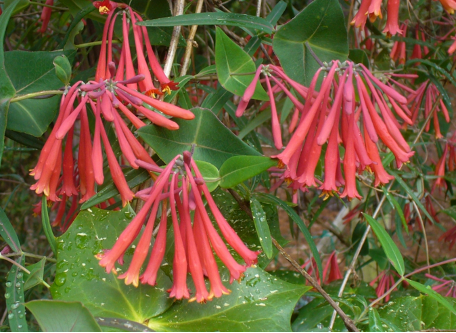
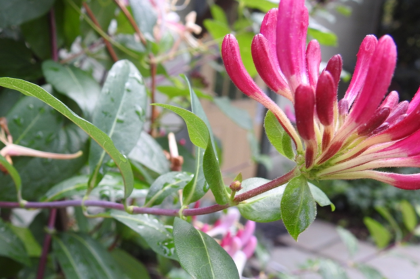
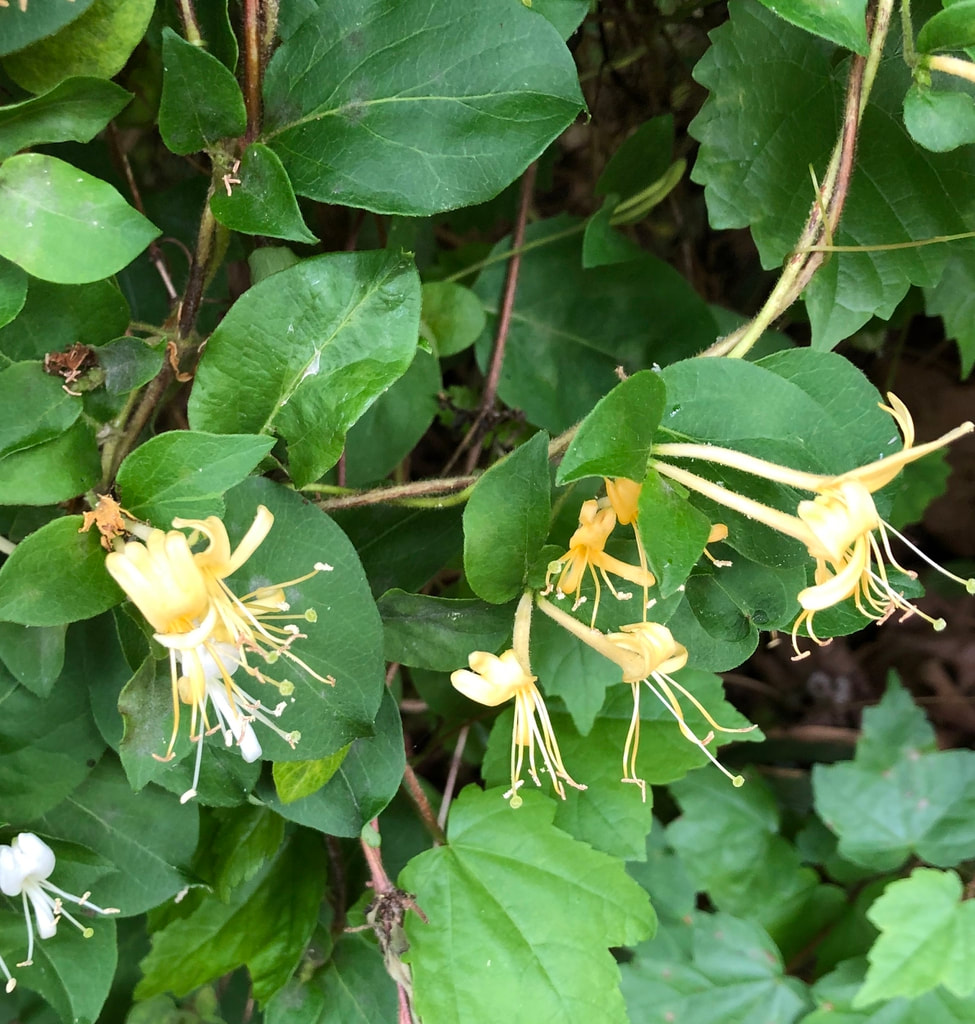
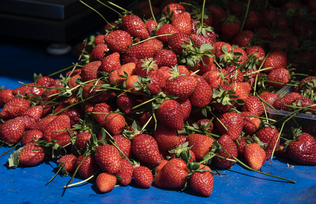
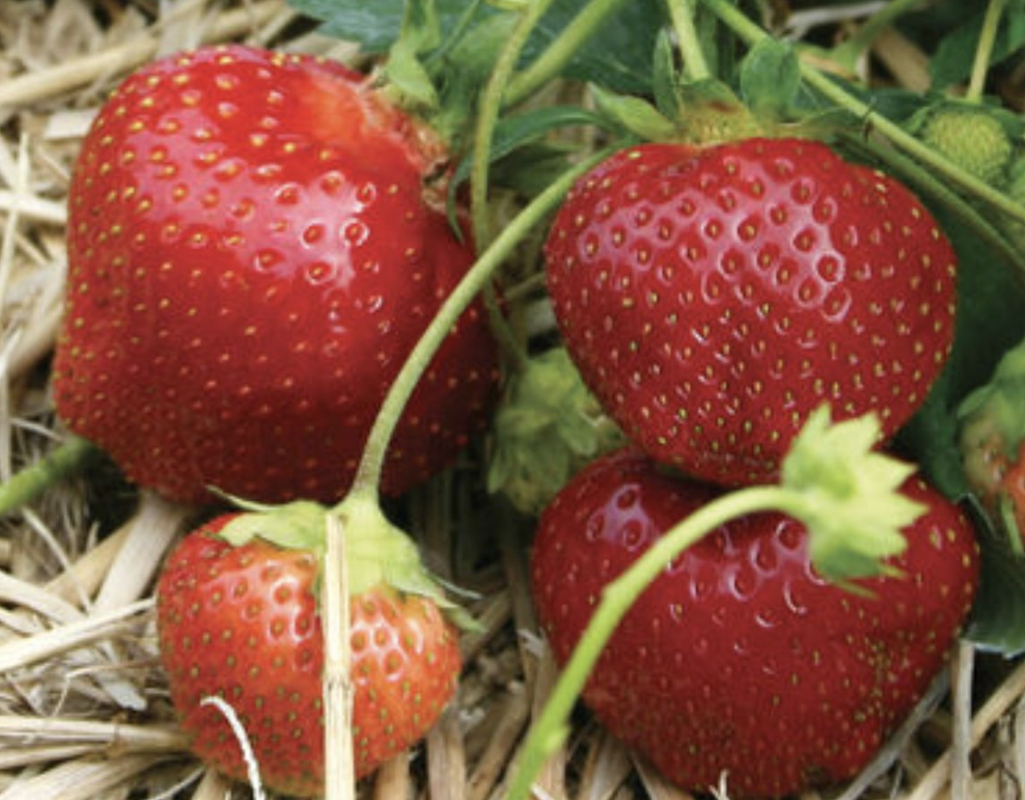
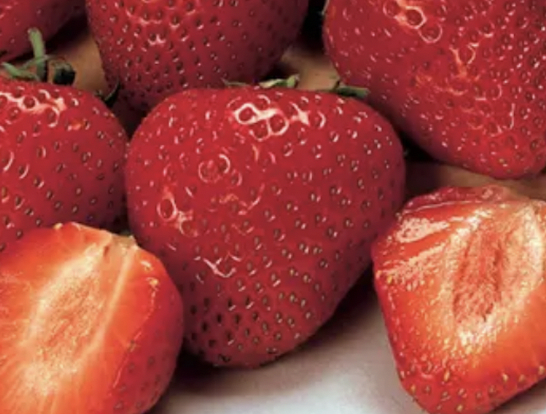

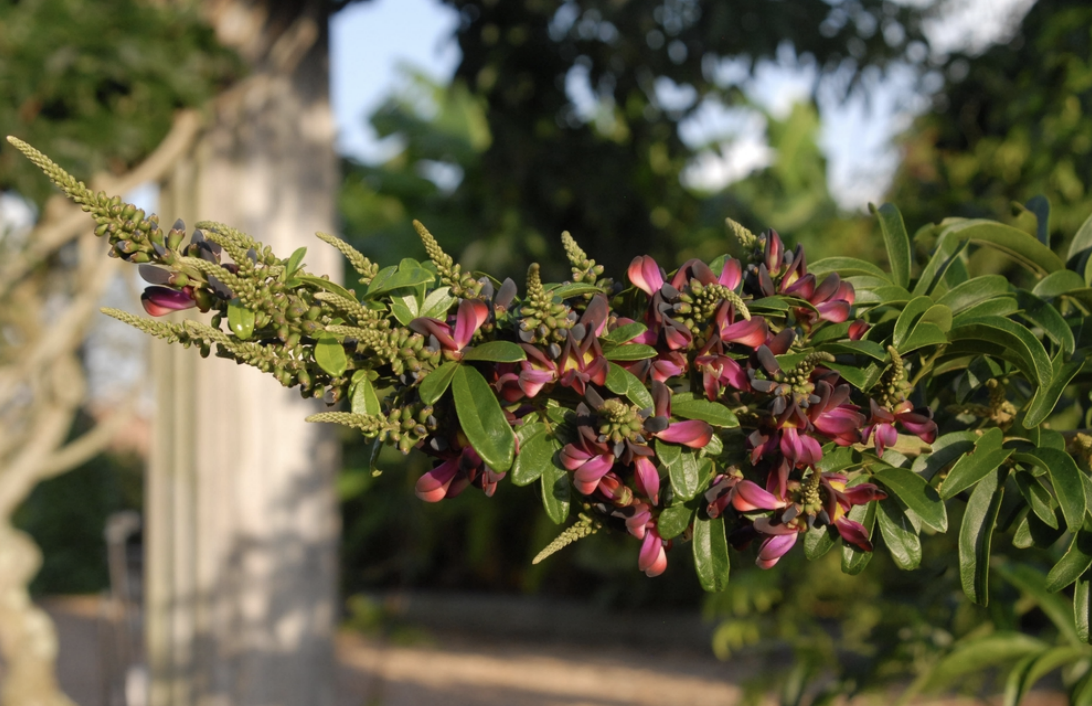
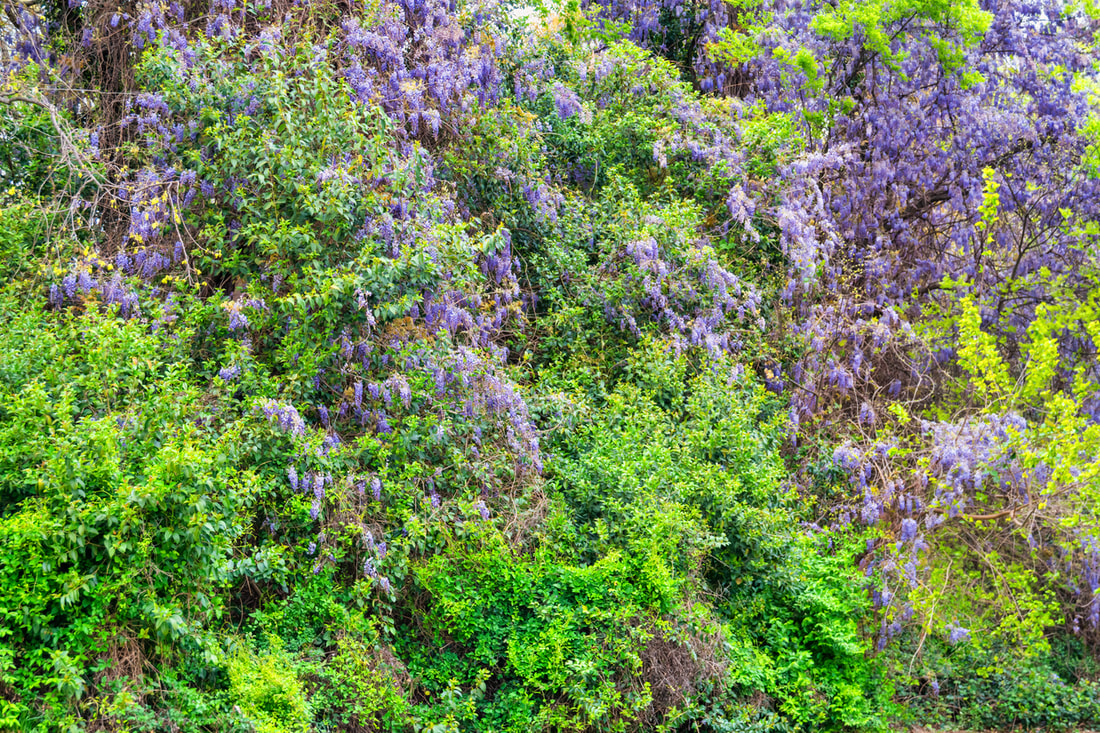

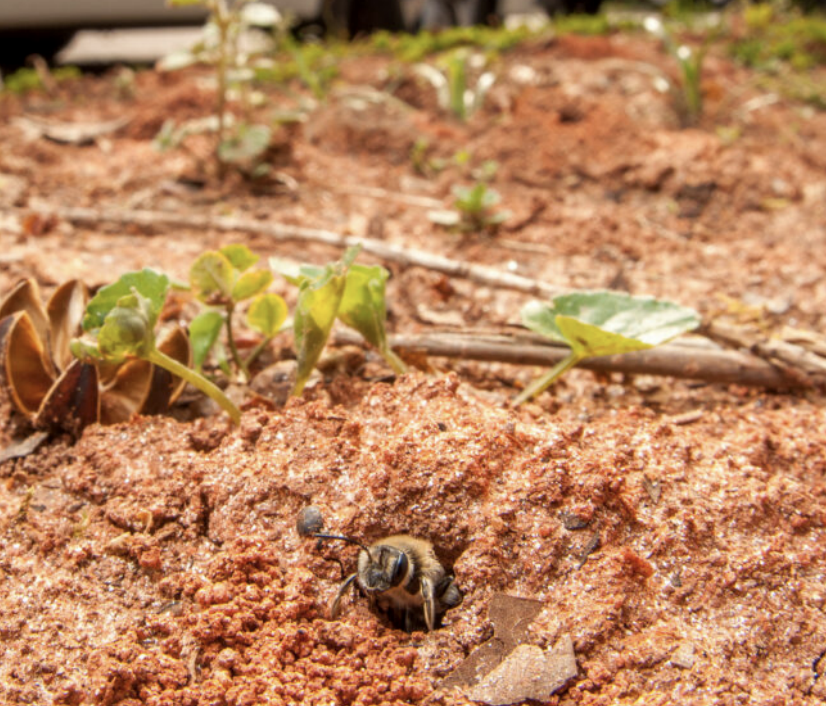
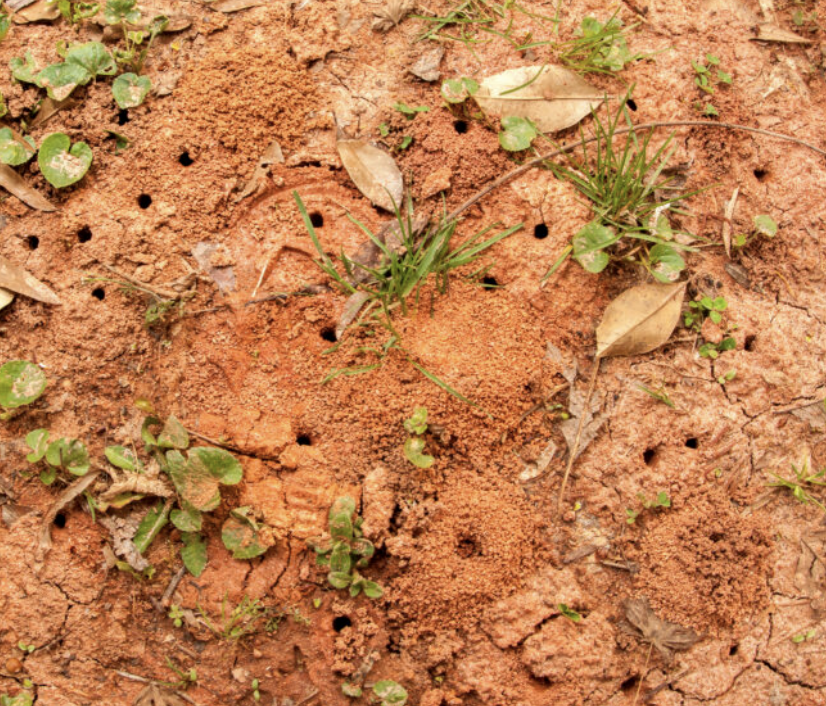
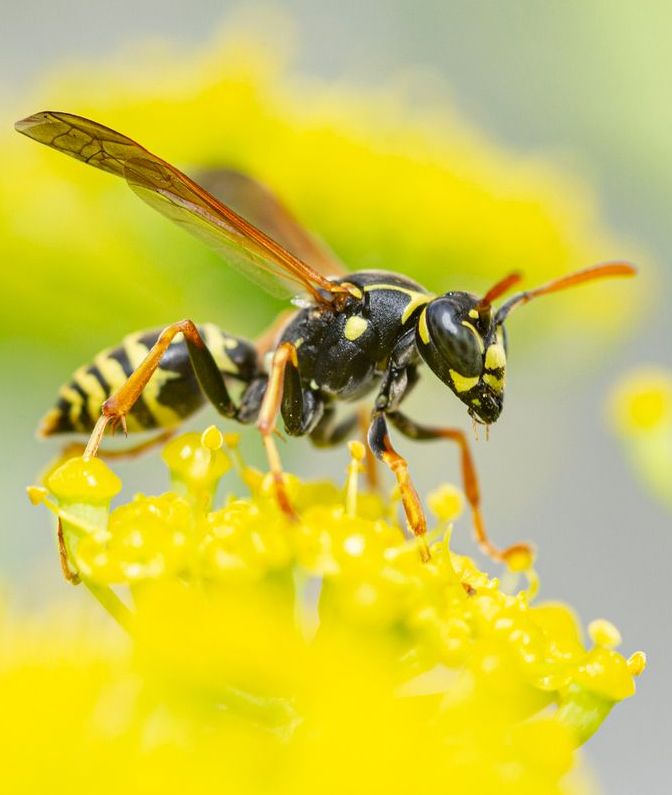
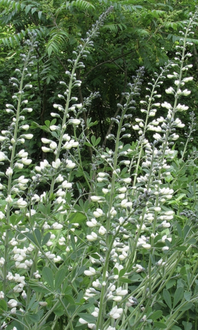
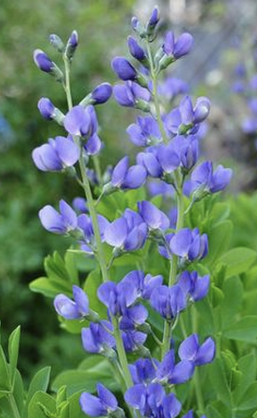
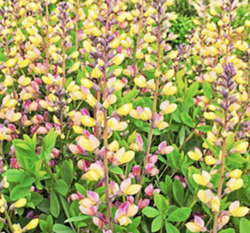
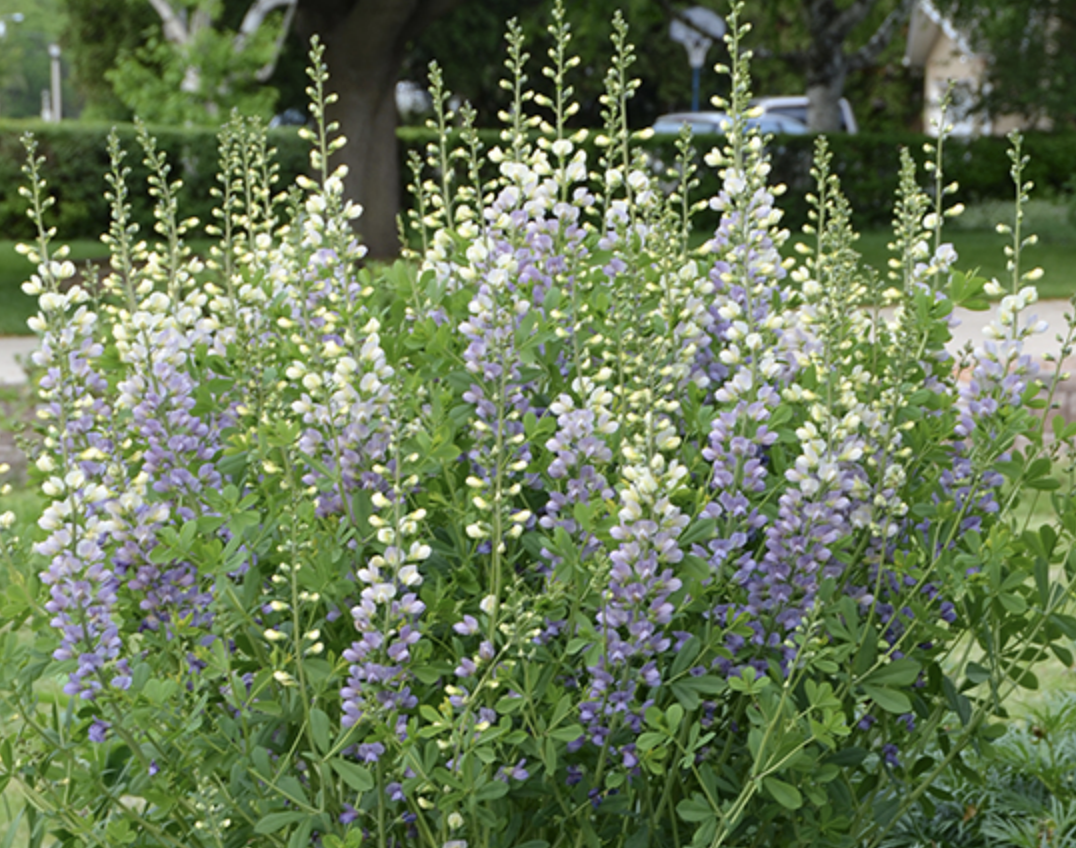
 RSS Feed
RSS Feed